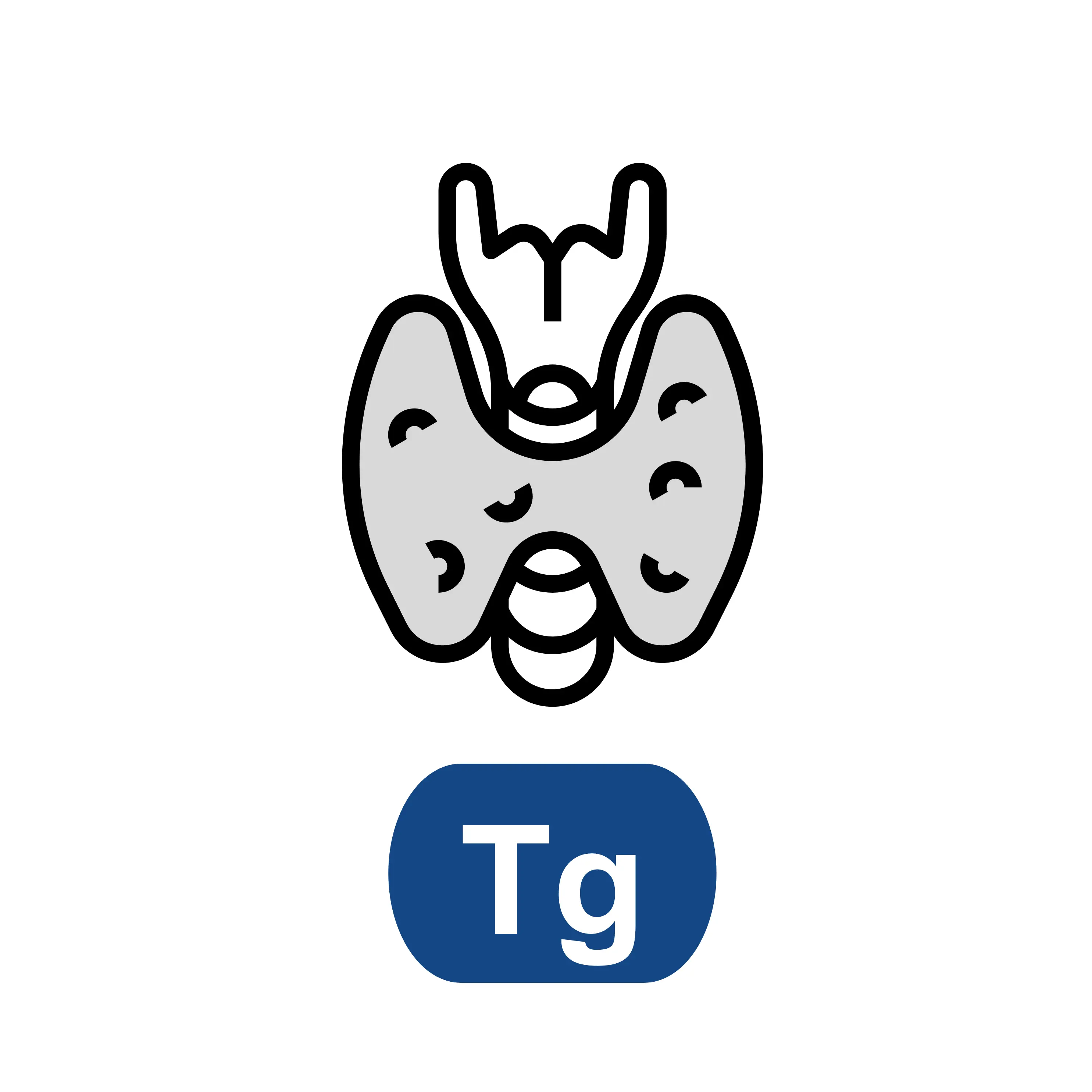Validation Requirements of Performance of Troponin Test
1. Assessment of detection limits for troponin
LoD and LoQ are important indicators for early and rapid exclusion of AMI diagnosis. LoD and LoQ with 20% (or 10%) CV should be evaluated or validated according to the documented criteria before performing various cTn tests.
2. Assessment of precision of troponin
Evaluation of the total CV around the 99th URL, the test method, is a necessary criterion to determine whether the methodology is consistent with the guidelines or clinically acceptable. The validation process needs to consider the effect of different types of blood collection tubes on the results. For POCT-cTn that can detect whole blood, the test performance should be validated separately for whole blood and plasma (or serum).
3. Troponin assessment of 99th URL and detection rate in normal subjects
One of the criteria for determining the sensitivity classification of the test method is the detection rate in apparently healthy populations, while the 99th URL is necessary for the diagnosis of myocardial injury and AMI. Laboratories in a position to do so can establish the 99th URL upon request or use 20 samples that meet the requirements for validation.
There is evidence that 99th URL medically determined levels for hs-cTn test drift over time, associated with reagent lot changes, calibrator lot changes, regular instrument maintenance processes, instrument-to-instrument variability, and instrument aging and malfunction. Changes in concentration due to these variables may go unnoticed, leading to clinical misdiagnosis, missed diagnoses, or improper disposal.
4. Methodological consistency and clinical diagnostic ability in the assessment of troponin test
It is not recommended that multiple methods of cTn testing be carried out simultaneously in the same medical institution. If hs-cTn and POCT-cTn testing are conducted simultaneously, the sensitivity of cardiac troponin I protein for diagnosing AMI should be clinically evaluated to see if it can meet the needs of early clinical diagnosis and risk stratification. Some laboratories require POCT-cTn testing first to meet the reporting time, and then the same samples are sent to a central laboratory for testing using a more sensitive platform.
This use of the central laboratory result as the base value (instead of the POCT test result) is an acceptable practice, but the incremental change (i.e., the difference between the cTn test result of the 2nd specimen and the cTn test result of the 1st specimen) can only be calculated using the test result of the same instrument.
The 2015 national standard WS/T462-2015 mentions that when POCT testing is used, a quantitative analysis method should be used. The bias between POCT test results and central laboratory testing methods should be ≤ 20%.
Recommendations:
(1) Clinical laboratories should validate at least LoD, LoQ, 99th URL, and total CV at nearby concentrations at least once a year, or more often as needed.
(2) When introducing POCT testing systems, performance parameters such as LoD and CV at 99th URL concentrations should be evaluated.
(3) Clinical diagnostic performance evaluation is also important and should be carried out by laboratories that are in a position to do so.
Related Immunoassays
- Cardiac Markers
-
Tumor Marker
-
PGII
-
G17
- CA50
-
CA125
- CA242
-
CA15-3
- CA19-9
- CA72-4
-
Pepsinogens I (PGI)
-
Human Epididymis 4 (HE4)
- Prostate-Specific Antigen (PSA)
- Squamous Cell Carcinoma (SCC)
- Neuron-Specific Enolase (NSE)
- Cytokeratin 19 Fragment (CYFRA21-1)
- Human Progastrin-releasing Peptide (ProGRP Tumor Marker)
- Protein Induced by Vitamin K Absence or Antagonist-II (PIVKA II Tumor Marker)
- Alpha-fetoprotein(AFP)
-
CEA
-
Human Chitinase 3-like 1
-
PGII
- Inflammatory Marker
- Infectious Disease
- Hormones
- Thyroid Function
- Glucose Metabolism
- Bone Marker
- Others
-
Heterophilic Blocking Reagent
- Animal Diagnostics

















